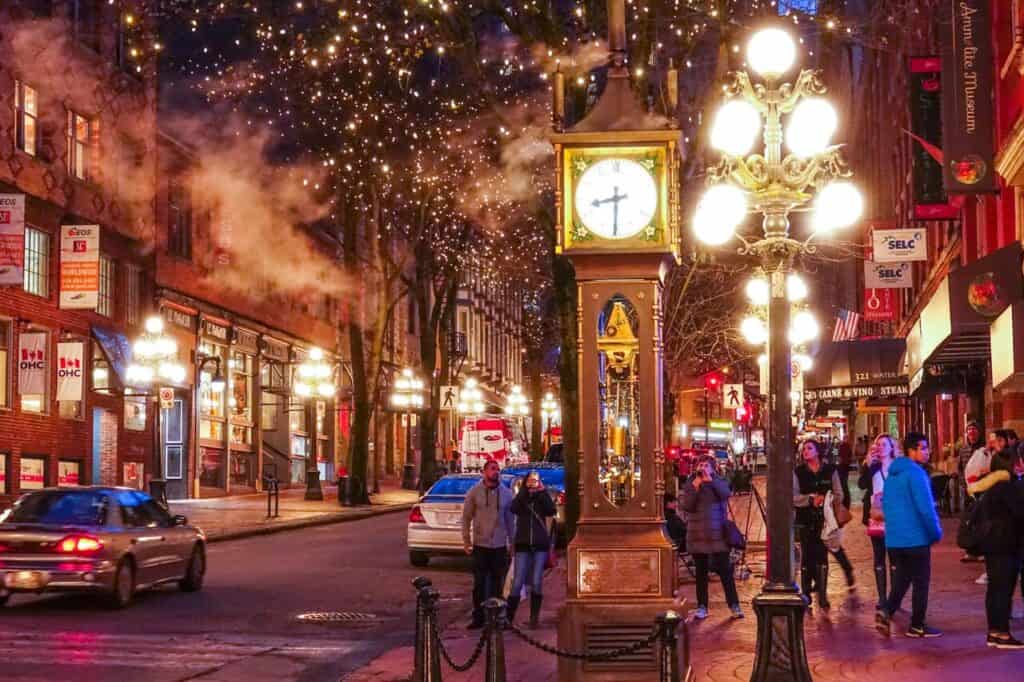We may earn money or products from the companies mentioned in this post. This means if you click on the link and purchase the item, I will receive a small commission at no extra cost to you ... you're just helping re-supply our family's travel fund.

When people plan holidays, big cities often dominate the headlines: the museums, the landmarks, the glamour. But lately a different trend is catching up. Mid-size cities are quietly becoming the places travellers prefer especially during holiday seasons.
What this really means is that travellers are rethinking what makes a great holiday. It isn’t always about ticking off the iconic sights in megacities; it’s about ease, authenticity, value, and discovery. Mid-size cities offer all that.
With better transport links, rising income levels, and shifts in traveler preferences, these “smaller” cities are punching above their weight. They’re no longer backup options they’re front-runners in holiday choices.
Let’s break down why mid-size cities are winning, what kinds of travellers are gravitating to them, and what this shift might imply for how we travel (and how places prepare for tourism).
Why Mid-Size Cities Are Gaining Ground

Big cities have long dominated travel wish lists, but the balance is changing. Mid-size cities are stepping up, blending convenience with character in ways travelers increasingly prefer. Their growing popularity isn’t accidental; it’s the result of better infrastructure, smarter planning, and a cultural shift toward slower, more meaningful travel.
Better Accessibility + Infrastructure
Over the last few years, many mid-size cities have upgraded their transport, lodging, and digital facilities. What used to be a bottleneck is now often a strength.
Improved regional airports, better highways, and frequent rail or bus connections make travelling to these cities simpler. Once you’re there, shorter distances between hotels, attractions, and eateries cut down transit stress.
Plus, more boutique hotels, homestays, and local service offerings have matured. The digital infrastructure too good WiFi, reliable apps, booking platforms means travellers can expect a smoother experience.
That makes these destinations competitive with larger cities, especially for those who want comfort without the chaos.
Value for Money & Less Crowd Stress
Cost is often what makes or breaks a holiday. Crowds and inflated prices in big cities are a deterrent. Mid-size cities are proving very attractive in contrast.
You often get better hotel deals, less expensive dining, fewer hidden surcharges. Because things are less saturated with tourist demand, even peak-season prices tend to be more reasonable than in megacities.
Also, crowd stress-long queues, traffic jams, overbooked tours is reduced. Attractions are less overwhelmed, access is easier, the vibe is more relaxed.
Travellers increasingly see that spending less on travel hassles gives them more time and energy to enjoy the trip.
Authentic Experiences & Local Culture
Here’s where mid-size cities shine. They tend to retain stronger local character-food, art, traditions without everything being optimized for tourists.
You’re more likely in these places to stumble upon markets run by locals, small festivals rooted in local history, neighbourhood cafés that aren’t on every travel blog. The pace is slower, which allows more meaningful immersion.
Cultural offerings are more accessible smaller museums, local performance venues, artisans. Things don’t need reservations months in advance; you can wander, explore, and connect.
For many travellers that’s exactly what they want: less spectacle, more story.
Who Is Choosing Mid-Size Cities & What Drives Them

Not every traveler chasing mid-size cities fits the same mold. The shift spans young professionals, families, digital nomads, and retirees all drawn by a mix of comfort, affordability, and authenticity. What’s driving them is less about saving money and more about finding balance between exploration and ease.
Weekenders & Short Getaways
People with limited time; those looking for a break over a long weekend or a festival weekend are prime users of mid-size destinations.
They don’t want to spend half the trip in transit, or navigating huge crowds. Mid-size cities let them maximize enjoyment per hour.
Because of proximity, ease of planning, and lower stress in terms of congestion or logistical hassles, these city escapes feel more satisfying.
They get more “vacation time” out of a shorter break.
Value-Conscious Explorers
These are travellers who balance cost, experience, and comfort. They may have the budget for big cities, but prefer to get more for their money.
They notice that in a mid-size city they can stay in nice places, eat well, experience local culture, perhaps take guided tours, often at a lower price than similar options in a capital or international hotspot.
They also seek meaningful stories places that aren’t overcrowded tourist magnets but still offer rich experiences.
For them, mid-size cities offer the sweet spot: quality without paying premium for hype.
Implications & What This Trend Means
Mid-size cities winning in holiday travel isn’t just a trend; it’s reshaping the tourism map. As travellers look beyond overcrowded capitals, money and attention are spreading more evenly across regions. That eases strain on major destinations while giving smaller ones a chance to thrive. Local cafés, boutique hotels, and artisans see steadier income, while city planners recognize that tourism can support community growth instead of disrupting it. Infrastructure upgrades like better transit and walkable districts now serve both residents and visitors.
It’s also changing how people define a good holiday. Travellers are choosing experiences that feel grounded, less hectic, and more personal. Instead of racing through must-see lists, they want time to wander, connect, and recharge. Mid-size cities deliver that balance; enough buzz to feel alive, but not so much that it overwhelms. If this momentum continues, the future of travel could be more sustainable, more human, and more evenly shared.
Conclusion
What this shows is that holiday travel is changing. The old assumption that bigger is always better is being challenged. Mid-size cities are proving that they can offer ease, meaning, value, and character in ways many large cities struggle to.
For travellers, this means more options. For destinations, especially those mid-size cities, it means opportunity and responsibility: opportunity to attract visitors in growing numbers; responsibility to preserve what makes them special authenticity, culture, livability.
If you’re planning a holiday, take a close look at mid-size destinations. You might find you enjoy them more than the usual giants.